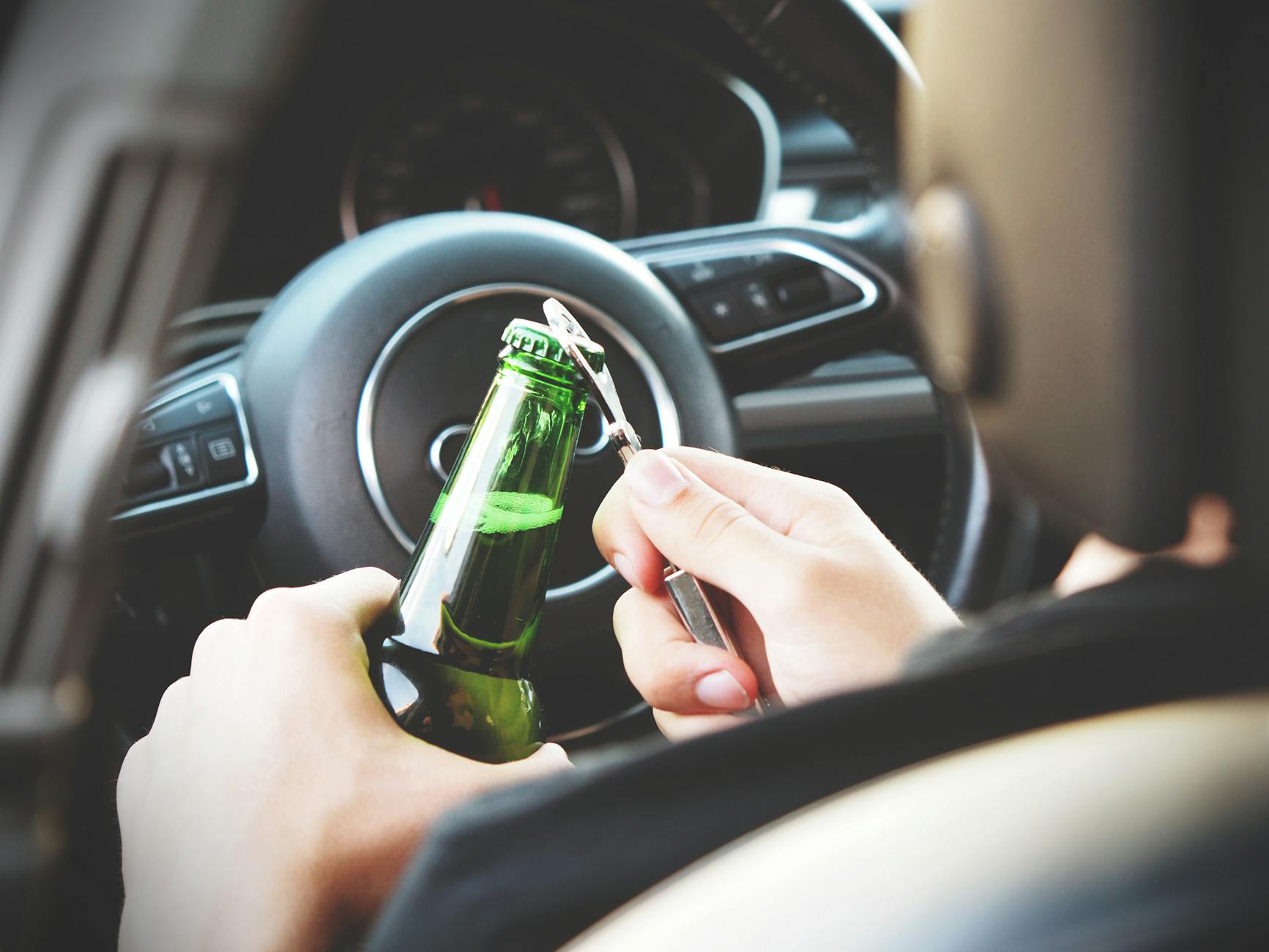Unveil the mysteries of intoxication with our guide on determining how many beers it takes to reach a drunken state.

Image courtesy of energepic.com via Pexels
Table of Contents
Have you ever wondered how many beers it takes to get drunk? It’s a common question among social drinkers, but the answer is not as straightforward as you might think. In this blog post, we will delve into the fascinating world of alcohol intoxication, exploring the science behind alcohol metabolism, individual tolerance levels, and various factors that can influence how quickly someone gets drunk. By understanding these key aspects, you can make informed decisions about your alcohol consumption and prioritize responsible drinking habits.
The Science Behind Alcohol Metabolism
Alcohol metabolism is a complex process that occurs in the body after consuming alcoholic beverages. When you drink alcohol, it is primarily absorbed into the bloodstream through the stomach and small intestine. From there, the alcohol travels to the liver, where it is metabolized by enzymes. The main enzyme involved in alcohol metabolism is alcohol dehydrogenase, which converts alcohol into acetaldehyde, a toxic substance that is further broken down into acetate by another enzyme called aldehyde dehydrogenase.
Factors such as age, gender, body weight, and liver function can affect the rate at which alcohol is processed in the body. Generally, the liver can metabolize about one standard drink per hour, but this can vary depending on individual differences and other influencing factors.
Individual Tolerance Levels
One of the key factors that determine how many beers it takes to get drunk is an individual’s tolerance level. Tolerance refers to the body’s ability to handle increasing amounts of alcohol over time. People who drink regularly may develop a higher tolerance to alcohol, meaning they need to consume more alcohol to feel the same effects as someone with a lower tolerance.
Various factors can influence an individual’s tolerance level, including genetics, body size, hydration levels, and overall health. Additionally, medications, food consumption, and drinking speed can also play a role in how quickly someone becomes intoxicated. It’s important to be aware of your own tolerance level and drink responsibly to avoid potential harm or negative consequences.
Influencing Factors on Intoxication
Aside from tolerance levels, there are several other factors that can impact how quickly someone gets drunk after consuming alcohol. For example, the alcohol content of the beverage can affect intoxication, with higher alcohol content drinks leading to faster impairment. Additionally, consuming alcohol on an empty stomach can result in quicker absorption into the bloodstream, potentially increasing the risk of intoxication.

Image courtesy of beerismylife.com via Google Images
Other influencing factors on intoxication include individual metabolism, the presence of food in the stomach, and the speed at which alcohol is consumed. It’s important to be mindful of these factors when drinking and to pace yourself to avoid consuming alcohol too quickly.
Conclusion
Understanding how many beers it takes to get drunk involves a nuanced consideration of alcohol metabolism, individual tolerance levels, and various influencing factors on intoxication. By educating yourself on these key aspects, you can make informed decisions about your alcohol consumption and prioritize responsible drinking habits. Remember to drink in moderation, know your limits, and prioritize your safety and well-being when consuming alcohol. Here’s to enjoying alcohol responsibly and making the art of intoxication a mindful and enjoyable experience.
FAQ
How do different types of beer affect intoxication?
Answer 1: Different types of beer can vary in alcohol content, with higher alcohol content beverages leading to faster intoxication. Be aware of the alcohol by volume (ABV) percentage listed on the label and pace yourself accordingly.
Can drinking water help prevent intoxication?
Answer 2: Drinking water in between alcoholic beverages can help pace your drinking and stay hydrated, potentially slowing down alcohol absorption. However, water alone cannot prevent intoxication; it’s important to monitor your alcohol consumption and drink responsibly.
Is it safe to mix beer with other types of alcohol?
Answer 3: Mixing beer with other types of alcohol can increase the risk of intoxication and adverse effects. Different types of alcohol can have varying effects on the body, so it’s best to avoid mixing drinks and stick to one type of alcohol per drinking session.
How can I calculate my alcohol tolerance level?
Answer 4: Understanding your alcohol tolerance level involves monitoring how alcohol affects you over time. Pay attention to how many drinks it takes for you to feel drunk and consider factors such as body weight, metabolism, and overall health when assessing your tolerance level.
Generated by Texta.ai Blog Automation
Leave a Reply